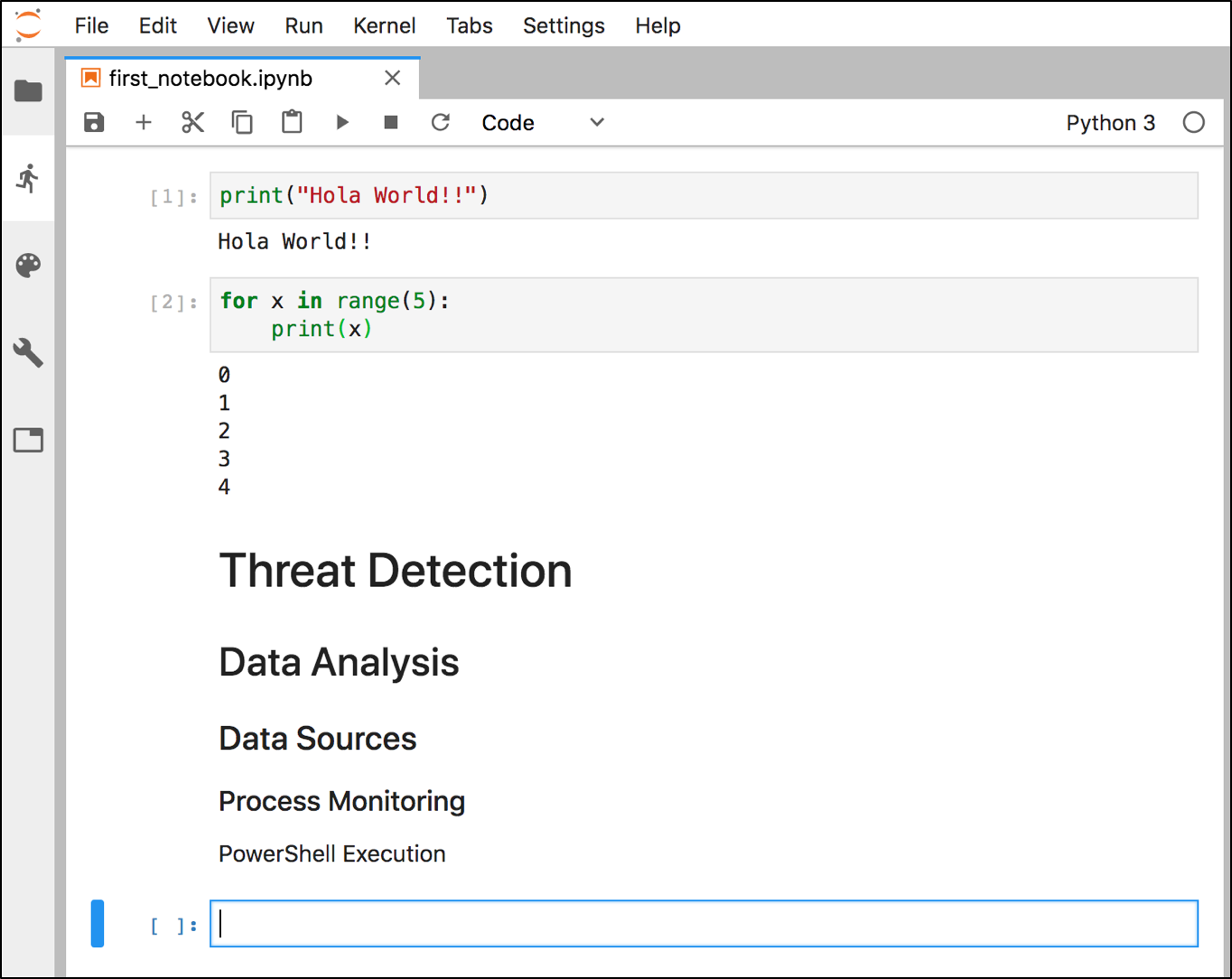Jupyter Print Markdown
Text can be added to Jupyter Notebooks using Markdown cells. You can change the cell type to Markdown by using the Cell menu, the toolbar, or the key shortcut m. Markdown is a popular markup language that is a superset of HTML. Its specification can be found here:
You can make text italic or bold by surrounding a block of text with a single or double * respectively.
You can build nested itemized or enumerated lists:
- Besides the differences between the Jupyter and R Markdown notebooks that you have already read above, there are some more things.
- Explore and run machine learning code with Kaggle Notebooks Using data from no data sources.
- The Jupyter notebook is a great way to get started with. You'll see that it ran through the loop and then I print it out i and it's set up our markdown.
- Jupyter Notebook Markdown Cheatsheet From SqlBak.com with 💙 #⌴Header 1 Header 1. Python print('hello'); ``` `inlinecode;` print ( '.
Share data analysis and visualizations on Jupyter Notebooks with Jekyll.
- One
- Sublist
- This
- Sublist
- That
- The other thing
- This
- Sublist
- Two
- Sublist
- Three
- Sublist
Now another list:

- Here we go
- Sublist
- Sublist
- There we go
- Now this
You can add horizontal rules:
Here is a blockquote:
Beautiful is better than ugly. Explicit is better than implicit. Simple is better than complex. Complex is better than complicated. Flat is better than nested. Sparse is better than dense. Readability counts. Special cases aren’t special enough to break the rules. Although practicality beats purity. Errors should never pass silently. Unless explicitly silenced. In the face of ambiguity, refuse the temptation to guess. There should be one– and preferably only one –obvious way to do it. Although that way may not be obvious at first unless you’re Dutch. Now is better than never. Although never is often better than right now. If the implementation is hard to explain, it’s a bad idea. If the implementation is easy to explain, it may be a good idea. Namespaces are one honking great idea — let’s do more of those!


And shorthand for links:
Writing Equations In Jupyter Markdown

You can use backslash to generate literal characters which would otherwise have special meaning in the Markdown syntax.
You can add headings by starting a line with one (or multiple) # followed by a space, as in the following example:
Heading 2
Jupiter Print Markdown Download
Heading 2.1
Heading 2.2
You can embed code meant for illustration instead of execution in Python:
Jupyter Notebook Markdown Commands
With syntax highlighting (by specyfying the language used) :
or other languages:

